Scientific name Archaeothyris florensis Rank Genus | Phylum Chordata | |
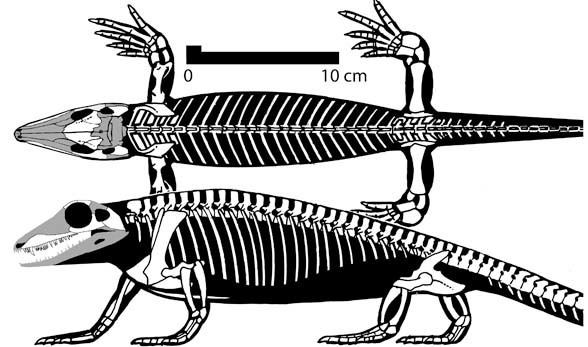 | ||
Similar Ophiacodon, Haptodus, Varanosaurus, Varanopidae, Caseasauria | ||
Archaeothyris
Archaeothyris is an extinct genus of ophiacodontid synapsid that lived during the Late Carboniferous and is known from Nova Scotia. Dated to 306 million years ago, Archaeothyris, along with a more poorly known synapsid called Echinerpeton, are the oldest undisputed synapsids known. Protoclepsydrops also from Nova Scotia is slightly older but is known by very fragmentary materials.
Contents
- Archaeothyris
- Dinosaur archaeothyris dinosaur archaeothyris
- Description
- Classification
- Discovery and paleoecology
- References

Dinosaur archaeothyris dinosaur archaeothyris
Description
As a living creature Archaeothyris looked like a modern-day lizard, although at 50 centimetres (20 in) long, it was one of the larger carnivores that were scurrying around the carboniferous forests.
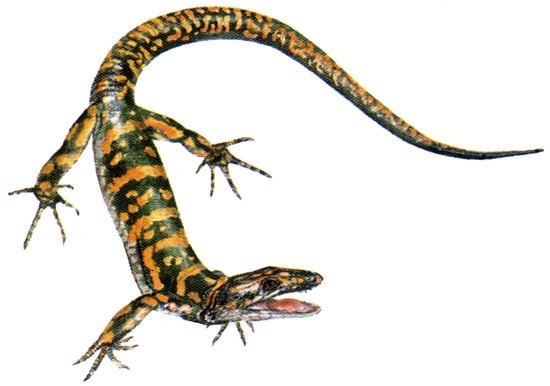
It was also more advanced than the early sauropsids, having strong jaws that could open wider than those of the early reptiles. While its sharp teeth were all of the same shape, it did possess a pair of enlarged canines, suggesting that it was a carnivore.
Classification
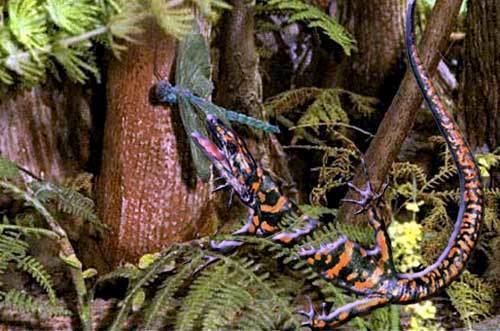
Archaeothyris belonged to the family Ophiacodontidae, a group of early pelycosaurs that evolved early in the Late Carboniferous. It was one of the earliest and most basal synapsids (the group which include mammals).
Below is a cladogram modified from the analysis of Benson (2012):
Discovery and paleoecology
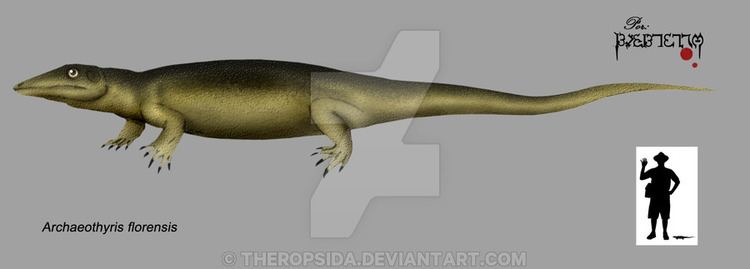
Fossils of Archaeothyris were first described in 1972 from the Joggins fossil cliffs, the same locality in which the early reptiles Hylonomus and Petrolacosaurus (both of which resemble Archaeothyris) were found.
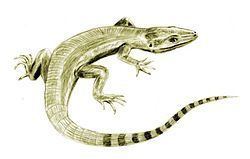
Archaeothyris lived in what is now Nova Scotia, about 306 million years ago in the Carboniferous Period (Pennsylvanian). Nova Scotia at this time was a swamp, similar to today's Everglades in Florida. The "trees" (actually giant club mosses) were very tall, some, such as Lepidodendron, up to 50 metres (164 ft) tall. Archaeothyris and the other early reptiles lived in the moist vegetation on the forest ground, together with the more terrestrially adapted labyrinthodont amphibians.
